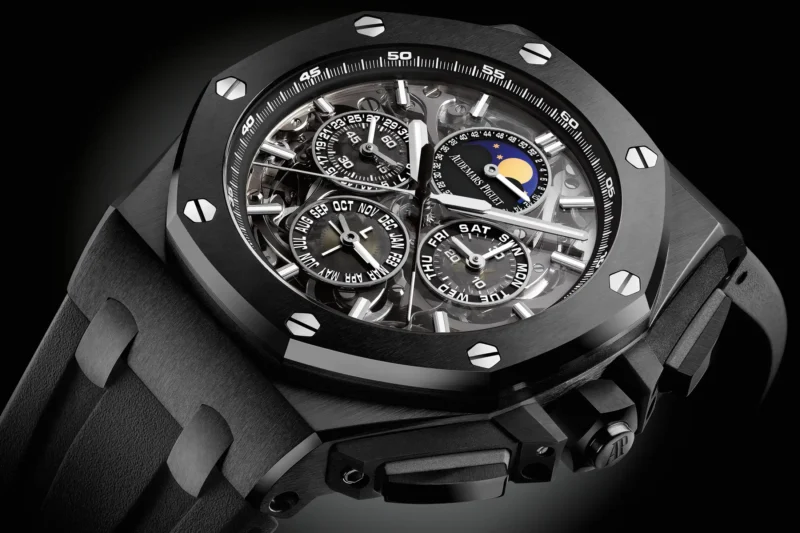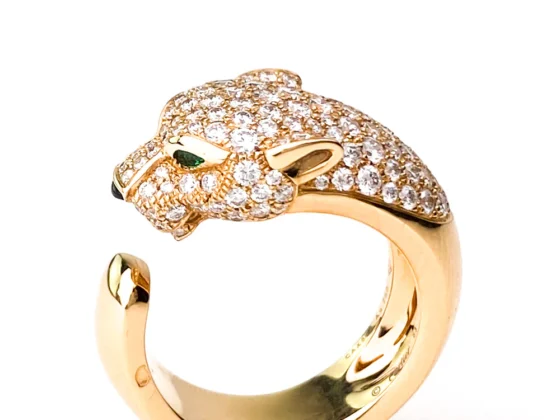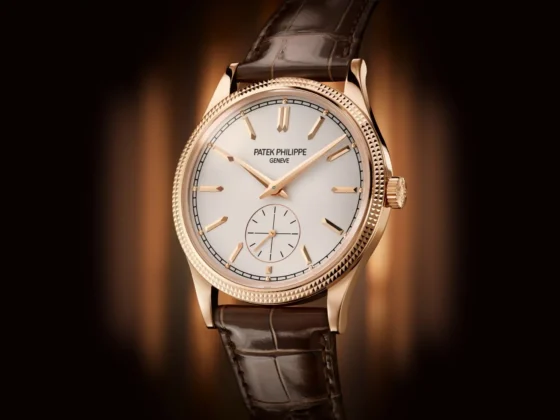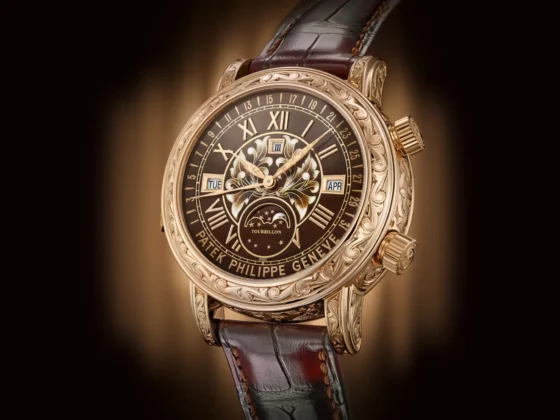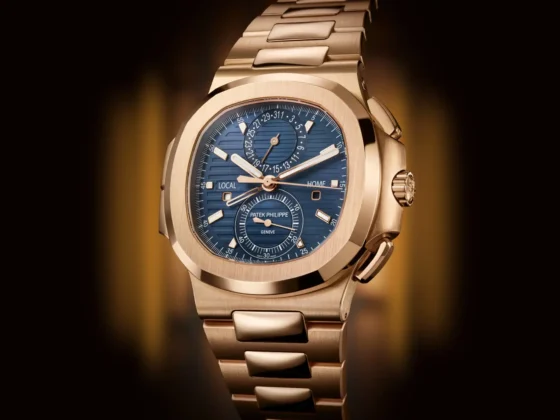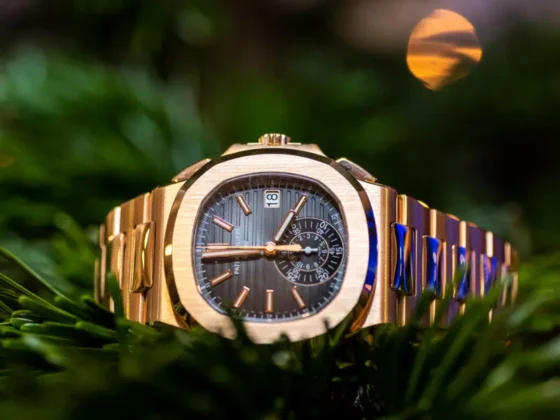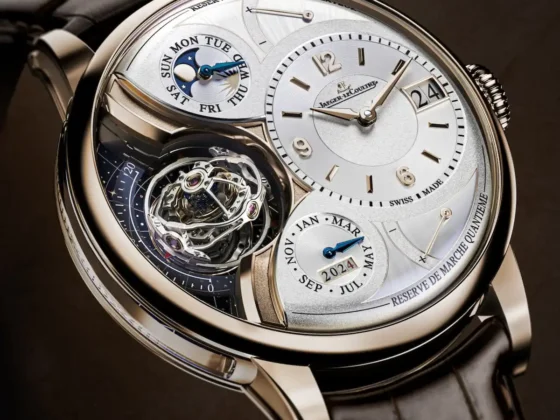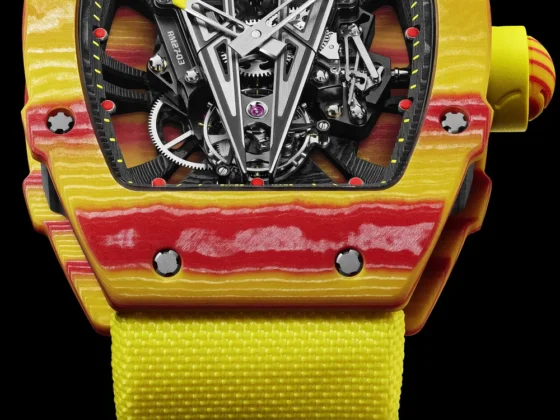The world of haute horlogerie is a fascinating blend of art, precision, and tradition. The most prestigious watch maisons—such as Patek Philippe, Rolex, and Audemars Piguet—have not only mastered the intricate craft of watchmaking but have also built legacies that define luxury, craftsmanship, and innovation. This article delves into the rich histories of these revered brands, tracing their evolution, major milestones, and their indelible impact on the modern luxury watch market.
Patek Philippe: The Pinnacle of Swiss Craftsmanship
Founded: 1839, Geneva, Switzerland
Key Models: Nautilus, Calatrava, Grand Complications
Famous Patrons: Queen Victoria, Albert Einstein, Pablo Picasso
Patek Philippe stands as the gold standard of haute horlogerie, known for its timeless designs, technical innovation, and exclusivity. Founded in 1839 by Antoine Norbert de Patek and Adrien Philippe, the maison revolutionized watchmaking with its inventions, including the keyless winding system. It also played a critical role in shaping the modern wristwatch industry by crafting some of the first wristwatches for royalty.
Patek Philippe’s commitment to quality and precision has made it a symbol of exclusivity. Each timepiece is meticulously handcrafted, often taking several years to produce, which has helped maintain its status as a premier collector’s brand. The introduction of the Calatrava in 1932 showcased the maison’s ability to balance minimalist elegance with superior craftsmanship, and the Nautilus, designed by Gérald Genta in 1976, broke new ground by combining luxury with a sporty, stainless-steel design. Today, these models are icons in the watch world, beloved by collectors for their heritage, design, and investment value.
Patek Philippe’s Grand Complications, which include perpetual calendars, minute repeaters, and tourbillons, represent the pinnacle of horological complexity. The maison has consistently pushed the boundaries of watchmaking, while maintaining its commitment to family ownership and independent production, making it a true symbol of Swiss craftsmanship.
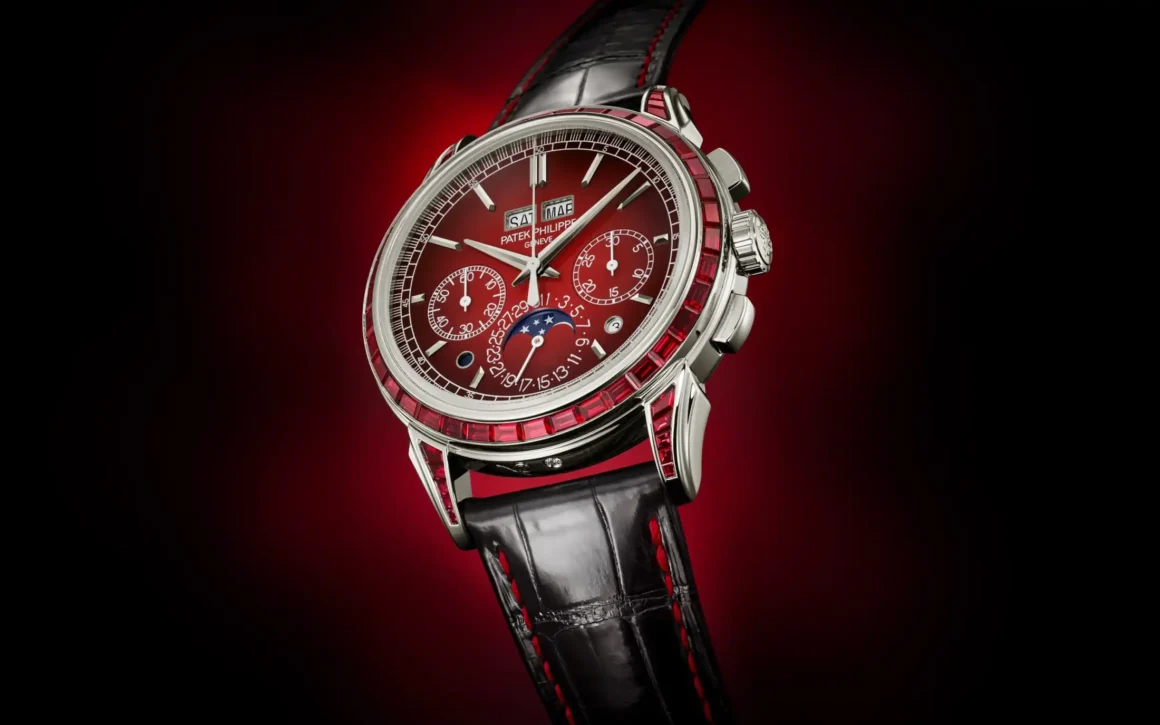
Rolex: Precision, Durability, and Global Prestige
Founded: 1905, London, UK (now headquartered in Geneva, Switzerland)
Key Models: Submariner, Daytona, Datejust, Oyster Perpetual
Famous Patrons: Sir Winston Churchill, Paul Newman, Roger Federer
Rolex is arguably the most recognized name in luxury watchmaking, synonymous with precision, durability, and status. Founded in 1905 by Hans Wilsdorf and Alfred Davis, the brand was originally based in London before moving to Switzerland in 1919. Wilsdorf’s vision was to create a wristwatch that was as accurate as it was reliable—a revolutionary idea at the time, as pocket watches were the norm.
Rolex’s most significant contribution to watchmaking came in 1926 with the development of the Oyster, the world’s first waterproof wristwatch. This innovation cemented the brand’s reputation for creating rugged, high-performance watches, capable of withstanding extreme conditions. The Oyster’s waterproof case became the foundation for some of Rolex’s most iconic models, including the Submariner (introduced in 1953), which redefined dive watches, and the Daytona, a chronograph beloved by racecar drivers and collectors alike.
Rolex’s innovations didn’t stop at waterproofing. The introduction of the Perpetual movement in 1931, which utilized a rotor to power the watch through wrist motion, set the standard for modern automatic watches. Rolex’s precise timekeeping, robust designs, and elegant aesthetic have made its timepieces a favorite among explorers, athletes, and high-profile figures across the world.
In pop culture, Rolex has transcended the realm of horology to become a symbol of success, appearing in films, worn by celebrities, and coveted by collectors. Rolex’s ability to marry technical excellence with universal appeal has kept it at the forefront of the watch industry for over a century.

Audemars Piguet: Crafting Legends of Haute Horlogerie
Founded: 1875, Le Brassus, Switzerland
Key Models: Royal Oak, Royal Oak Offshore, Jules Audemars
Famous Patrons: Jay-Z, LeBron James, Arnold Schwarzenegger
Audemars Piguet, founded by Jules Louis Audemars and Edward Auguste Piguet in 1875, is known for its innovation and craftsmanship in haute horlogerie, particularly in the realm of complicated movements. From its early days, the brand specialized in producing intricate complications such as minute repeaters, perpetual calendars, and chronographs, solidifying its place among the finest Swiss watchmakers.
The maison’s most groundbreaking moment came in 1972 with the introduction of the Royal Oak, designed by the legendary Gérald Genta. At a time when luxury watches were primarily crafted from precious metals, the Royal Oak shocked the industry by being the first luxury sports watch made of stainless steel. With its bold octagonal bezel, exposed screws, and integrated bracelet, the Royal Oak was revolutionary in both design and concept. Initially controversial, it eventually became an icon of modern watchmaking, revered by collectors for its audacious design and technical mastery.
Audemars Piguet continued to innovate with the launch of the Royal Oak Offshore in 1993, a bolder, more rugged version of the original, which attracted a new generation of watch enthusiasts. The brand’s willingness to push boundaries, both aesthetically and technically, has earned it a reputation for being forward-thinking, while still maintaining the craftsmanship traditions of the Vallée de Joux.
Today, Audemars Piguet remains one of the few major Swiss watch brands that is still family-owned, with a commitment to independent watchmaking that allows it to innovate freely while upholding its deep-rooted values.
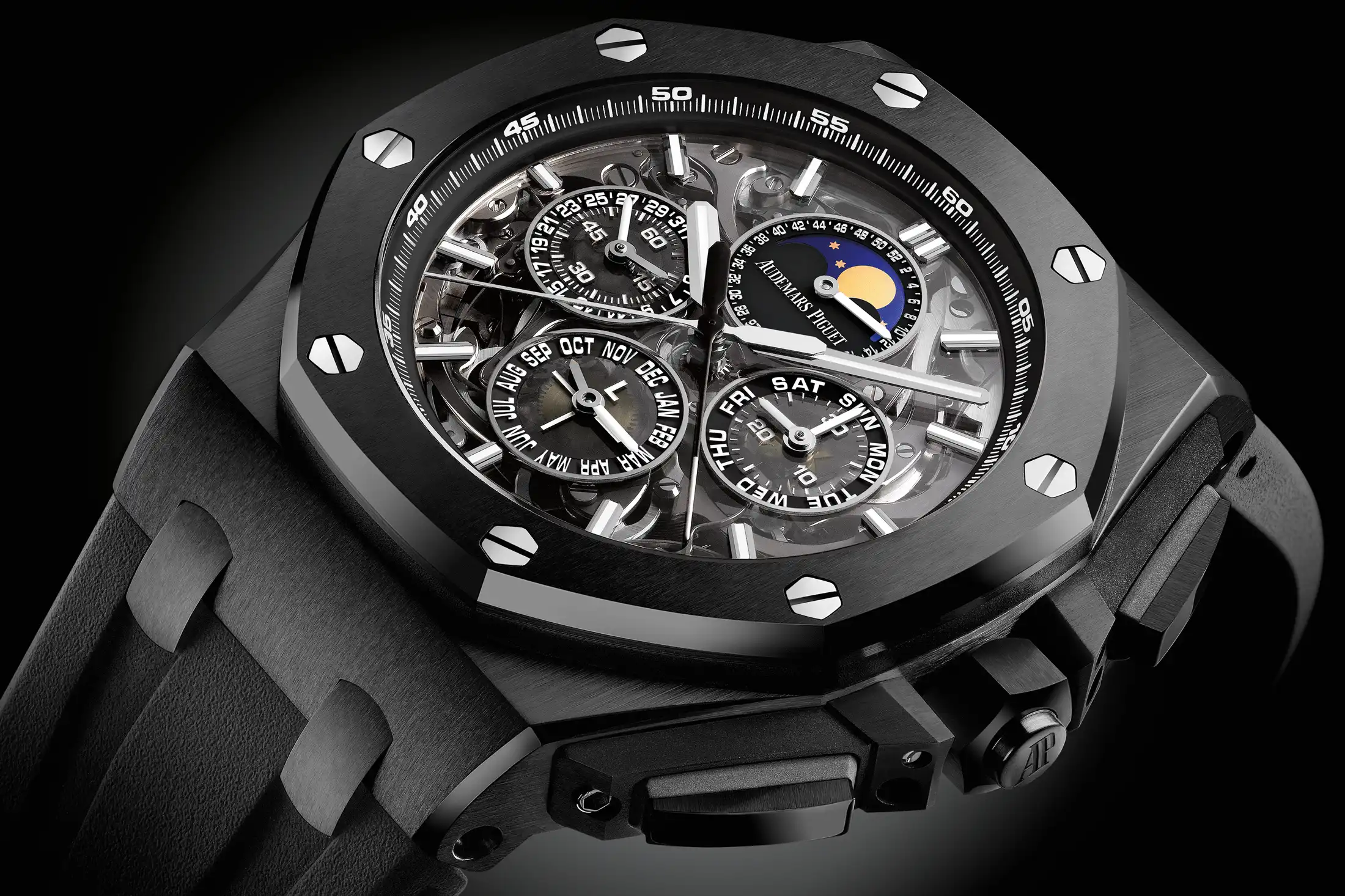
How These Maisons Shaped the Modern Luxury Watch Market
Patek Philippe, Rolex, and Audemars Piguet each represent different facets of the luxury watch world, yet they share a commitment to craftsmanship, innovation, and excellence. Their legacies have shaped not only the history of watchmaking but also the evolution of the luxury market itself.
- Patek Philippe remains the pinnacle of refinement and technical complexity, appealing to connoisseurs who seek timeless elegance and unmatched craftsmanship. Its watches are passed down through generations, symbolizing legacy and heritage.
- Rolex revolutionized the industry with its focus on durability, precision, and versatility, making luxury watches accessible to adventurers, athletes, and everyday wearers alike. Its status as a global symbol of success has helped define the concept of the luxury wristwatch.
- Audemars Piguet, with its daring designs and technical prowess, has consistently pushed the boundaries of haute horlogerie, appealing to collectors who value boldness, innovation, and craftsmanship.
These three maisons have not only set the standards for luxury watchmaking but have also influenced countless other brands. Their innovations in design, technology, and marketing have defined what it means to wear a luxury timepiece in the modern world. Today, owning a watch from any of these brands is not just about telling time—it’s about owning a piece of history, art, and unparalleled craftsmanship.
Conclusion: Preserving the Heritage of Haute Horlogerie
In an age of mass production and technological innovation, the heritage of haute horlogerie stands as a testament to the enduring value of craftsmanship, tradition, and artistic excellence. Patek Philippe, Rolex, and Audemars Piguet continue to lead the industry, setting the benchmark for both technical and aesthetic innovation. As collectors and enthusiasts, we are not merely buying watches from these brands—we are investing in legacies that have shaped the very definition of luxury.


